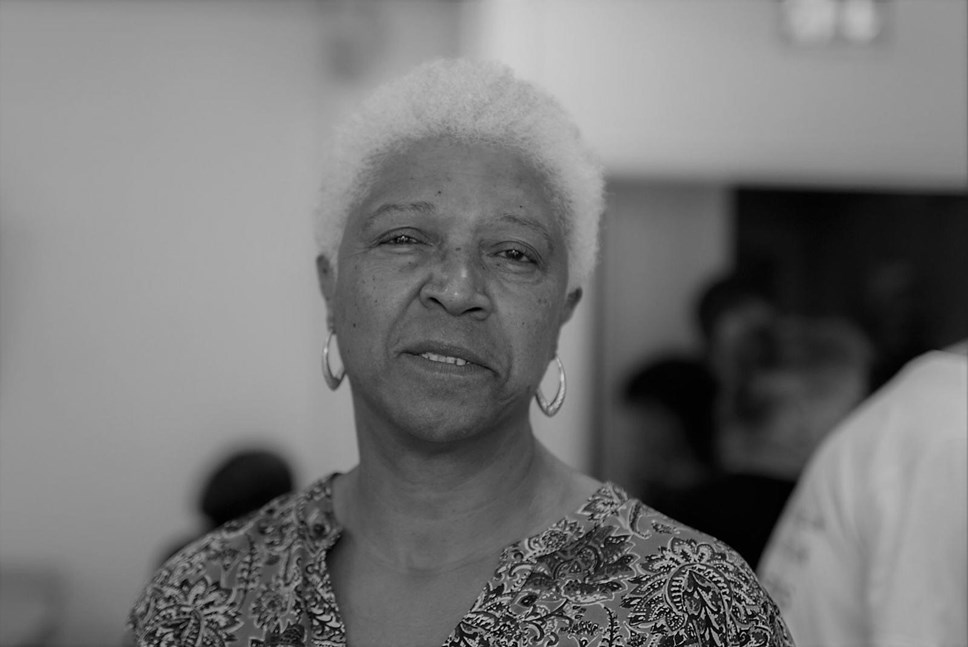
Over 200 Welsh statues, streets and buildings connected to the slave trade listed in nationwide audit
Dros 200 o gerfluniau, strydoedd ac adeiladau yng Nghymru sy’n gysylltiedig â'r fasnach mewn caethweision yn cael eu rhestri mewn archwiliad cenedlaethol
In July, following the death of George Floyd and a month of action by the Black Lives Matter movement, First Minister Mark Drakeford ordered an urgent audit of statues, street and building names to address Wales’ connections with slavery and the slave trade.
The audit published today (Thursday 26 November 2020) shows the slave trade was embedded in the Welsh economy and society and reflected in many of our statues, street and building names today.
The audit identified 209 monuments, buildings or street names, located in all parts of Wales, which commemorate people who were directly involved with the slavery and the slave trade or opposed its abolition. These include:
- 13 monuments, buildings, or street names commemorating people who took part in the African slave trade
- 56 monuments, buildings, or street names commemorating people who owned or directly benefitted from plantations or mines worked by the enslaved
- 120 monuments, buildings, or street names commemorating people who opposed abolition of the slave trade or slavery
- 20 monuments, buildings, or street names commemorating people accused of crimes against Black people, notably in colonial Africa
The audit, led by Gaynor Legall, found that commemorations of people connected with the slave trade are often shown without any accompanying interpretation to address matters of contention. Without this, the figures are presented solely as role models rather than representatives of challenging aspects of the past.
The research also found there are alarmingly few Welsh people of Black or Asian heritage commemorated across Wales, showing there is a need to consider how we should celebrate the contributions that all parts of our community have made to our country.
The audit also unearthed a positive strand to Welsh history, highlighting the existence of commemorations to anti-slavery activists across Wales; from the statue of Henry Richard in Tregaron, to streets names for Samuel Romilly and the Pantycelyn halls of residence at Aberystwyth University.
First Minister Mark Drakeford said:
“While the tragic killing of George Floyd happened almost 4000 miles away, it sparked global action that shone a light on racial inequality in society today.
“That inequality exists in Welsh society too and we must work towards a Wales which is more equal. To help us do this, we need a clear understanding of the legacies of the slave trade and the British Empire. This audit provides important evidence which helps us establish an honest picture of our history.
“This is not about rewriting our past or naming and shaming. It is about learning from the events of the past. It is an opportunity for us to establish a mature relationship with our history and find a heritage which can be shared by us all.
“This is the first stage of a much bigger piece of work which will consider how we move forward with this information as we seek to honour and celebrate our diverse communities.”
Gaynor Legall, Leader of the task and finish group who led the audit, said:
“This a piece of work that I am immensely proud of because it gives a very thorough, factual account of Wales’ involvement in the Slave Trade and expands our knowledge of the history of Wales. It will hopefully lead to children learning the complete history, warts and all.”
Notes to editors
Audit results
The main scope of the audit covers the following categories of persons of interest:
- 49 people who took part in the African slave trade ( commemorated by 13 monuments, buildings, or street names)
- 124 people who owned or directly benefitted from plantations or mines worked by the enslaved (commemorated by 56 monuments, buildings, or street names)
- 13 people who opposed abolition of the slave trade or slavery (commemorated by 120 monuments, buildings, or street names)
- 3 people accused of crimes against Black people, notably in colonial Africa (commemorated by 20 monuments, buildings, or street names)
- 11 others who require examination having been highlighted by campaigners (commemorated by 75 monuments, buildings, or street names)
The second phase will determine how we can move forward and address the concerns that the audit highlights. Recommendations in the Culture, Welsh Language and Communications Committee Report will be considered when scoping phase two.
